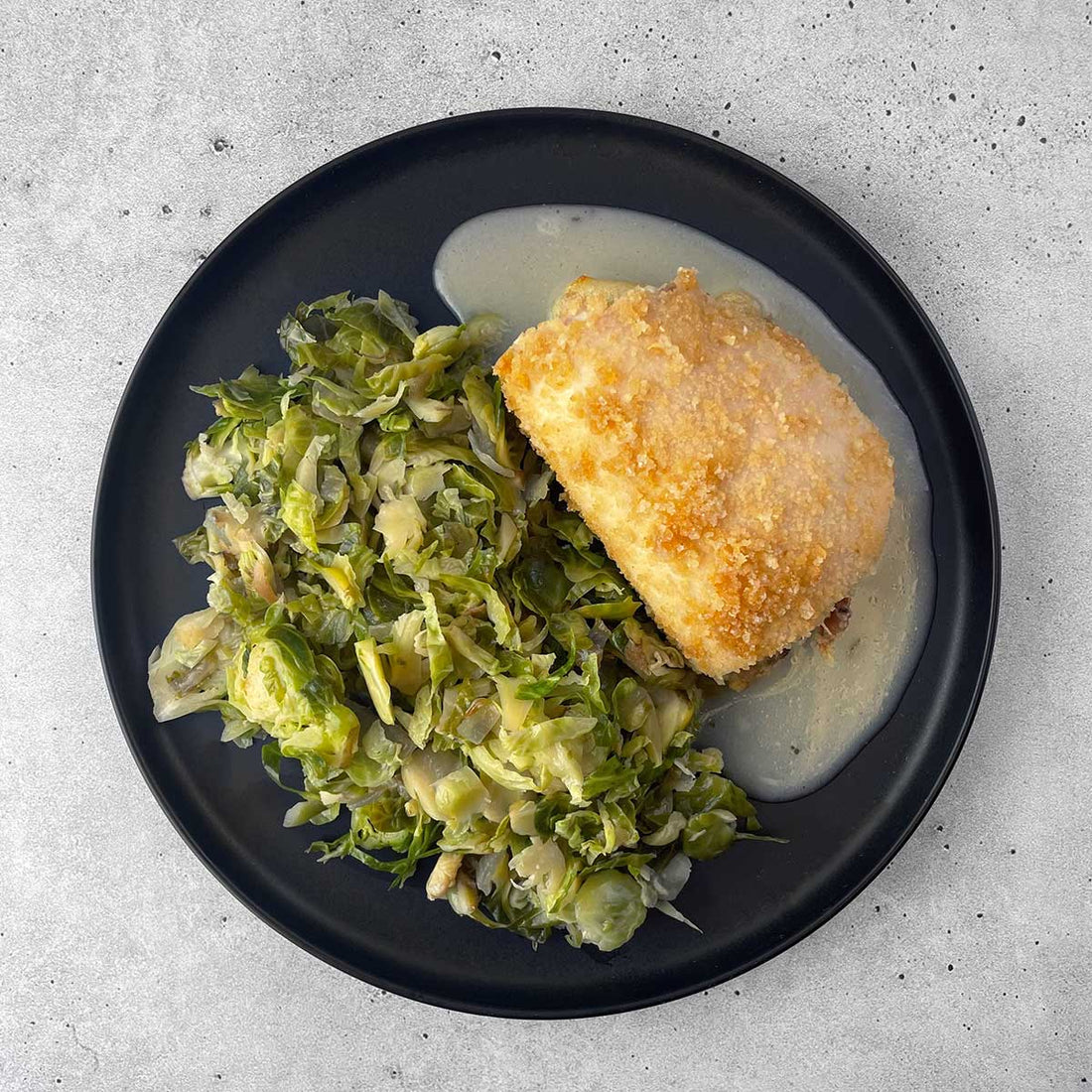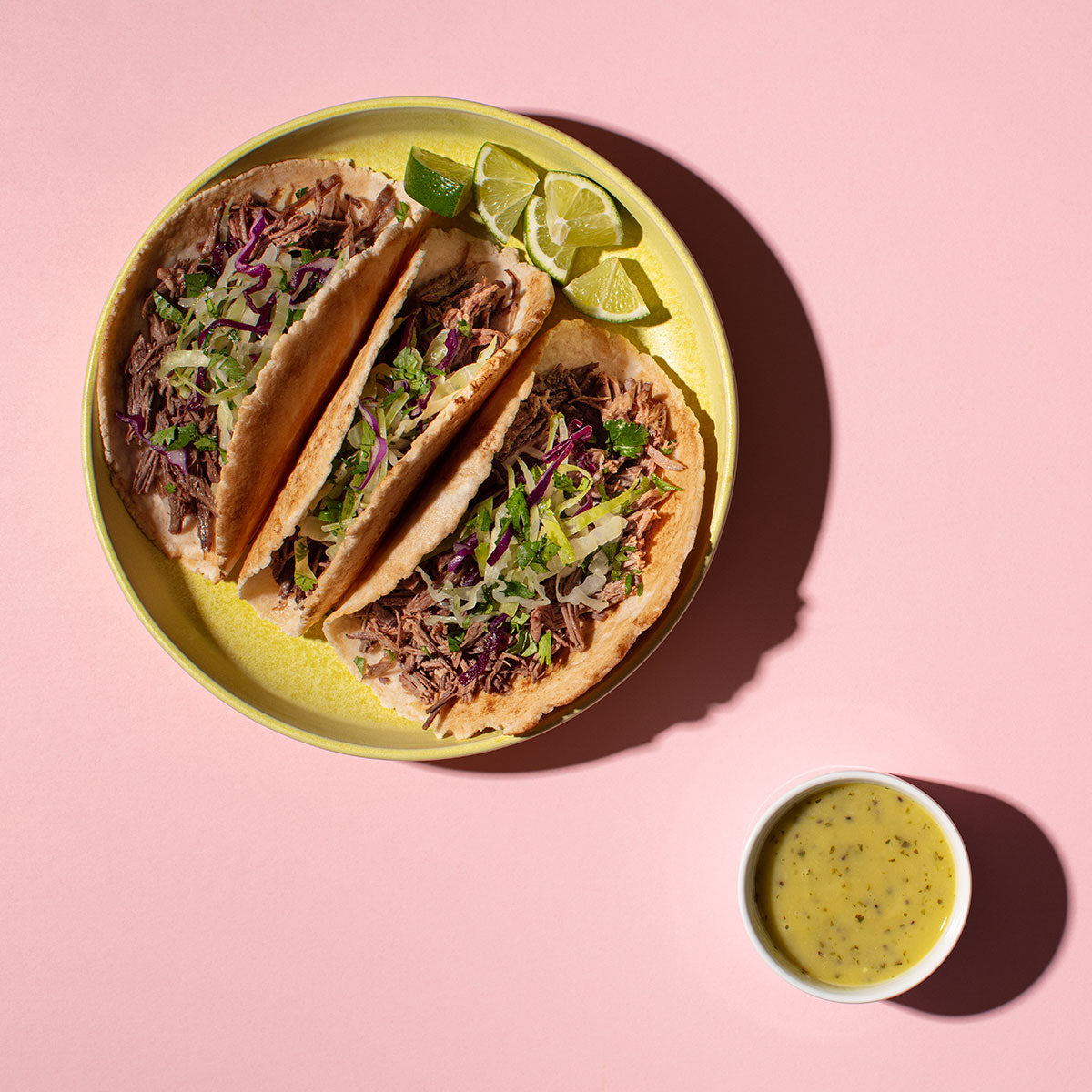
Our Favorite AIP Winter Produce
As the colder months envelop us in their crisp embrace, it's the perfect time to nourish our bodies with seasonal produce that aligns with the Autoimmune Protocol (AIP) diet. Embracing winter's bounty not only ensures optimal nutrient intake but also supports local agriculture and sustainability.
The Importance of Seasonal Eating on the AIP Diet
The AIP diet focuses on reducing inflammation and promoting gut health by eliminating potential dietary triggers. Incorporating seasonal produce into your meals enhances the diet's effectiveness, as these foods are at their peak nutrient density and flavor during their natural harvest times. Winter offers a unique array of vegetables and fruits that are both AIP-compliant and beneficial for managing autoimmune conditions.
You might be of the impression that cooler months are not ideal for produce. Think again. A bountiful array of vegetables are at their flavorful in the colder months of the year, and many of the vegetables you typically associate with fall continue their seasons well into winter.

AIP Winter Produce
Allium Bulbs (Onions, Shallots, Garlic)
The papery skins of these aromatics help the flavorful bulbs withstand long storage times. They can be roasted or caramelized for tasty garnishes, toppings, and fillings
Check your alliums to make sure they look dry and show no signs of molding. Give them a firm squeeze to make sure they don’t have soft spots. Avoid any that feel soft or have begun to sprout.
Store them in a bowl or basket at room temperature
Beets
These cool-weather lovers can withstand light frosts and are harvested throughout the winter in milder climates. They are delicious roasted and can be grated just like carrots for salads.
Choose small- to medium-size beets that feel firm and show no signs of wrinkling. Bright, vibrant greens are an added bonus as they can be used like Swiss chard or spinach (and are a sign that the beets were recently harvested).

Broccoli
Like other cruciferous vegetables, broccoli grows best in cool temperatures, which keep it tender and sweet and prevent the stalks from bolting and going to flower.
Pick broccoli heads with hard, firm stems, tight florets, and no yellowing anywhere. The cut end of the stem should look fresh, not dry.
Brussels Sprouts
Although they are available year-round, Brussels sprouts used to be a fall and winter delicacy. The key to keeping them delicious is not to overcook them. Roasting is a good way to do that.
Brussels sprouts are sold loose, bagged, and still on the stalk. Select sprouts that are similar in size (for even cooking) and vibrant green with tight heads of leaves. When buying pre-bagged Brussels sprouts, avoid packages with collected moisture inside - a sign they have been on the shelf a while.

Cabbage
Red, white, Napa, Savoy—all cabbage varieties are cool-weather vegetables that taste sweeter when the temperatures drop. The ultra-versatile vegetable adds taste and texture to slaws, salads, soups, and stews.
Look for firm cabbage heads with no droopy or missing leaves; these are a sign of an older vegetable. Smell it. A sulfurous, cabbage-y scent means the head has been in cold storage and may taste pungent or bitter.
Cauliflower
Cauliflower can be roasted whole, sliced into steaks, pulled apart into florets for a wide variety of recipes, or finely chopped to make cauliflower rice. Like other cruciferous vegetables, cauliflower is at its sweetest, tender best when the weather is cool.
Pick uniformly white heads with tight florets and no signs of browning. Outer leaves are a bonus, as they help keep the cauliflower fresher longer.

Kale, Collards, Mustard, And Turnip Greens
Frost-resistant bitter greens brighten cold weather dishes after the season for other green garden vegetables has passed.
Look for lush, full leaves that are neither wilted nor yellowing. Test for tenderness by rubbing a leaf between your fingers; if it feels tough or fibrous, it probably will taste that way, even after cooking. These greens are fairly interchangeable in recipes, so feel free to make a substitution.
Sweet Potatoes
Sweet potatoes grow and mature during the warm days of summer, then are generally harvested before the first frost of fall. Their amazing flavor and versatility make them an AIP staple.
Choose sweet potatoes that look firm and have smooth, evenly colored skin. Give heirloom, purple, and white sweet potato varieties a try when you find them.

Winter Squash
There are many kinds of winter squash, including butternut, acorn, delicata, and spaghetti. Most types are interchangeable in recipes, so feel free to try kabocha in place of butternut, use acorn instead of delicata, or substitute an heirloom variety.
The skin should be firm and thick with no pale green undertones, slashes, or cuts. Make sure the stem is dry and woody.
Incorporating Winter Produce into Your AIP Meals
Utilizing these seasonal vegetables can add variety and depth to your AIP meal plan. Here are some ideas to get you started:
· Hearty Soups and Stews: Combine root vegetables and leafy greens in bone broth for a nutrient-rich, warming meal.
· Roasted Vegetable Medleys: Toss a mix of Brussels sprouts, carrots, and parsnips with olive oil and herbs, then roast until tender and caramelized.
· Stuffed Squash: Fill halved acorn squash with a mixture of ground meat, herbs, and chopped vegetables for a complete meal.
· Leafy Green Sauté: Quickly sauté kale or Swiss chard with garlic and a splash of lemon juice for a zesty side dish.

We incorporate many of our seasonal favorites into our AIP meals – browse our menus and order your chef prepared AIP creations today
By embracing the seasonal produce of winter, you can enhance the diversity and nutritional value of your AIP diet, making your meals both healing and enjoyable. Consider adding one or two into your menu a week as you get more familiar with how you like to cook and enjoy them



